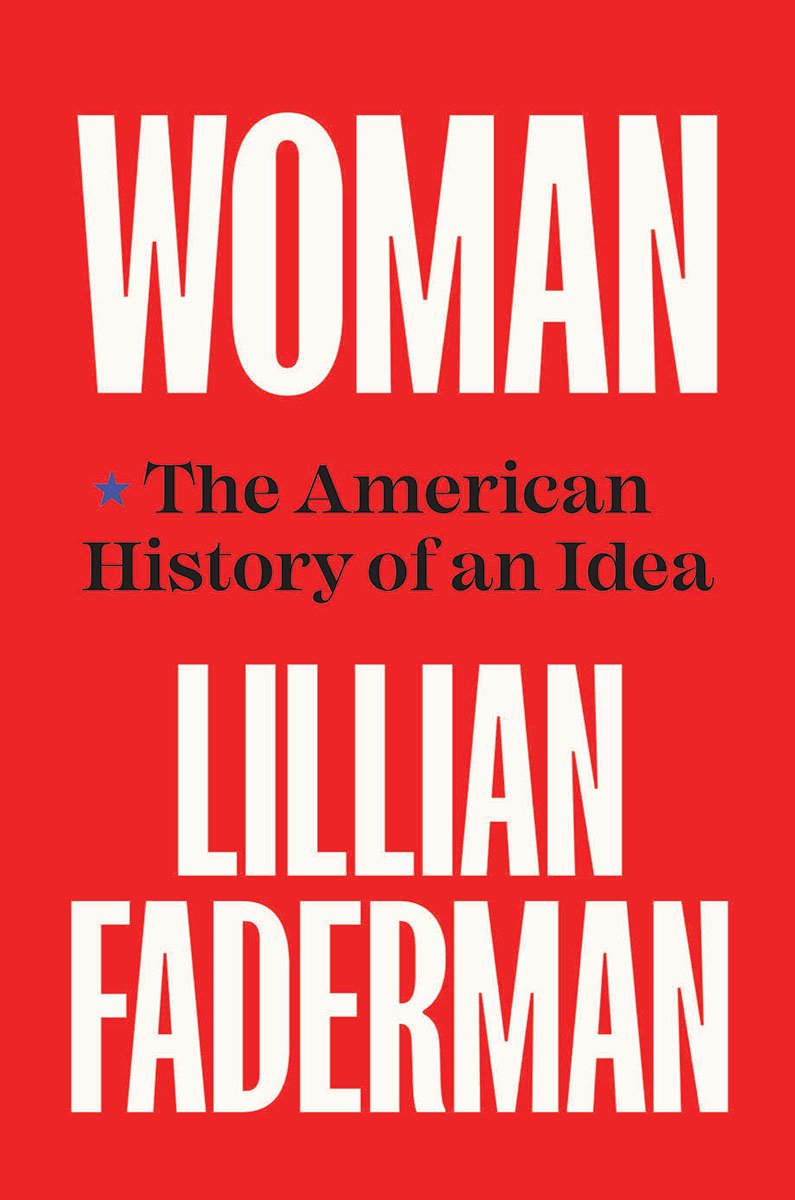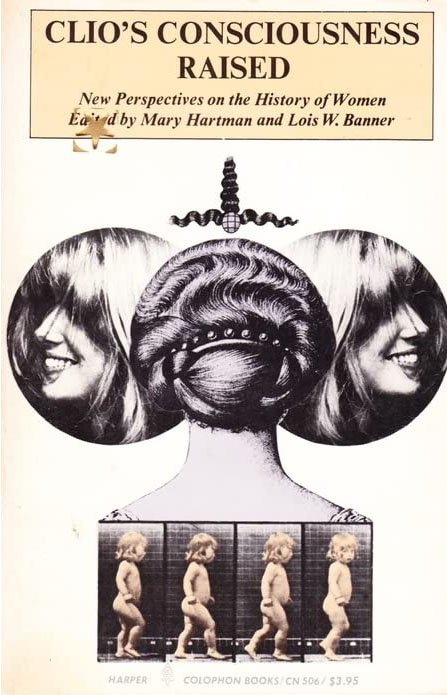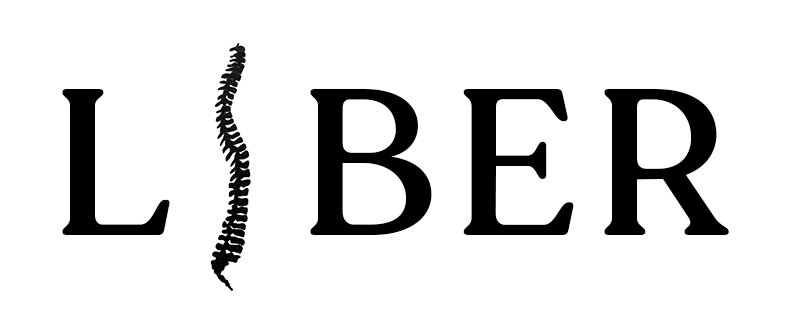
In a hair under fifty years, American women’s history was born, died, and is being reborn as something else. Call it the history of gender if you like, or the history of sexuality and the body. What it means to be a woman today has become uncertain, fraught—and maybe, just maybe, more interesting.
A case in point: in the recent Senate Judiciary Committee hearings to elevate Judge Ketanji Brown Jackson to the Supreme Court, Tennessee Senator Marsha Blackburn peppered the nominee with numerous unanswerable and irrelevant questions, one of which was: “Can you provide a definition of the word ‘woman’?” A composed Jackson paused and then responded, “I can’t.” When Blackburn pursued the question, Jackson elaborated: “I’m not a biologist.” Blackburn then went on to bemoan gender transition and the claims that those who undertake it make on spaces and activities designated female.
But, as historian Lillian Faderman argues in her new survey, Woman: The History of an Idea, womanhood has always been a site of struggle, even if the fault lines have shifted over time. “How, when, and why had that ideal of woman been created?” Faderman asks in her opening pages. “Why had its grip been so tenacious as to reach [into every corner of American society]? And how did it become possible to contest it and live a life outside it?”
These are all good questions, although not new ones, which might cause the knowledgeable reader to ask: Why do we need a new women’s history survey in the first place? One answer is that although our current national struggle over the right of transfeminine people to claim womanhood is far too politicized, it also points to the fragility of the category itself. Bathroom bills and efforts to exclude trans women from athletic competition are, in fact, only the most recent chapter of a far longer contest over whether sexual difference is absolute and immutable, and whether two genders are enough to describe those who do not comfortably fit in either.
What follows is a somewhat conventional women’s history survey from the sixteenth century to the present, and I mean that in a nice way. It is written with grace and style, reintroducing characters long familiar to devotees of women’s history, such as Abigail Adams, Mary McLeod Bethune, Emma Goldman, Phyllis Schlafly, Gloria Anzaldúa, and Anita Hill.
Instead of telling us what or who a woman is, Faderman shows us how different Americans have inhabited that position and sought to define themselves.
While these women are now familiar in mainstream history and biography, Faderman assembles a strong supporting cast of characters only well-known to specialists and lifts them onto the main stage. There is Nanye’hi, a Cherokee “Beloved Woman” who tried to negotiate the survival of her people in the face of white genocide in 1851; Joe Monahan, who donned men’s clothes to take advantage of the 1862 Homestead Act; and Clelia Duel Mosher, possibly the first female sexologist, who did a longitudinal survey of women’s sexuality between 1892 and 1920 that could not be published in her lifetime.
Instead of telling us what or who a woman is, Faderman shows us how different Americans have inhabited that position and sought to define themselves. By doing this, she offers the possibility of reconciling the competing interests of queer, trans, and “gender-critical” feminists by positioning woman as an idea that can be debated but not fully articulated or attained. As a working-class white lesbian raised in Los Angeles after World War II, Faderman positions herself as a lifetime “fugitive” from ideal womanhood and a healthy skeptic. So, rather than wrestling with womanhood as an artifact of science, or a quaint fiction from a time before gender transition was common, she became absorbed with the category’s enduring power to compel and control others:
I wanted to know who had had a hand in formulating the dominant idea of woman that I had been so aware of, even as I rebelled against it. What were the forces that brought about seismic changes in the concept “woman”? And why have the traces of the early concept stubbornly remained, even into the present?
Repositioning “woman” as an idea, rather than a specific type of body, provokes different questions than any of us asked in the 1970s, when the history of women burst onto the scene, a product of the social and sexual revolutions of the 1960s. “Women’s history” has an official birth year of 1973, when a small group of feminist historians (many the only women in their university and college departments) gathered at Douglass College at Rutgers University to share research on a large category of people around the globe who had, until that point, been almost completely ignored by scholars.

In 1974, those papers were brought together as Clio’s Consciousness Raised: New Perspectives on the History of Women, edited by Mary Hartman and Lois Banner. Subsequently, women’s history became a social movement within the field of professional history and remained so for about twenty years. What today’s readers would not recognize was the unspoken consensus in these early decades that women were as universally recognizable as trees. Nevertheless, the questions Faderman asks (particularly “What were the forces that brought about seismic changes in the concept ‘woman’?”) were there from the beginning. As they delved into the past, women’s historians began to understand that Indigenous, enslaved, and working-class women had a fragile claim on the “ideal.” They discovered lesbian, gay, and transgender histories written by organic intellectuals like Jonathan Ned Katz, Leslie Feinberg, and Alan Bérubé, and incorporated them into academia too.
Faderman, then a tenured professor of English at Cal State-Fresno, was part of that revolution, writing the first scholarly lesbian history, Odd Girls and Twilight Lovers (1981). Lesbians weave gracefully in and out of this new, longer narrative, although Faderman rushes to remind us that women-desiring-women of the past, as well as those who we might now call nonbinary or transgender, would not have recognized our modern terms. Faderman’s narrative also touches on homophobia, racism, and other economic, political, and legal strictures on female self-actualization. If contemporary conflicts over transfemininity focus on bodies and hormones, for much of American history, it was women’s “nature” that was central to the ideal. Womanhood was a bounded space where its inhabitants could be invested, by men, with limited authority. Yet, as Faderman shows, women of all races and classes often sought authority on their own terms, even stealing and living within male personae—but when uncovered, were portrayed as monstrous and dangerous to the social order.
Sound familiar? Today’s transgender debates may tell us little about what a woman is, but women’s history tells us a lot about why transfeminine people are so terrifying to those who seek to maintain woman as an exclusive category. In fact, exploding the ideal of womanhood has consequences. As women who opposed suffrage pointed out, not only would the vote “cast women into a purgatory of impossible demands” in which they would be responsible for both home and nation, but “a man would no longer feel responsible for a woman who was so independent as to have political ideas.”
In other words, progress entails loss, and that has also been true of women’s history as a field. In an ironic but predictable twist, lesbian, gay, and transgender histories emerged in the 1990s to, if not kill their mother, then put her in assisted living for keeps by underlining the sheer contingency of anyone’s claim to any gender. But this, it seems, is the pink elephant that Faderman is trying to shoot: How do we do women’s history today when the question of whether one can be a woman—sexed at birth or by intention—is so under siege?
Faderman chose to answer this question by leading through example. A narrative survey rather than an argumentative history, the book takes no obvious side in today’s gender wars, although at certain moments—such as in her account of the recent uproar over Hasbro producing an ungendered Potato Head—Faderman seems to have her tongue firmly planted in her cheek. But she does mine the scholarship for evidence that there has always been variation within the category of woman, and that the demonization of those who do not fit the ideal of the “pale, delicate, sentimental woman” invariably serves to prop up existing racial, class, and sexual power arrangements. The book assembles a multiracial cast of characters who learned to live within—and push past—the limits that the idea of woman imposed in North America over four hundred years. In this way, Faderman demonstrates that, while woman has been a site for generative political and intellectual work, as an idea it is best understood over time by what it does: exclude and include.
A historian to the core, Faderman consistently urges the reader to navigate these stories with questions: What is at stake here? And for whom? Some readers will surely object to Faderman’s notion that woman is just an idea, although a powerful one. But this formulation may be the only way forward, not just for women’s history but for the many, sometimes antagonistic bodies making claims on the category of woman and using those claims to restrict the full humanity of those who identify with it.

